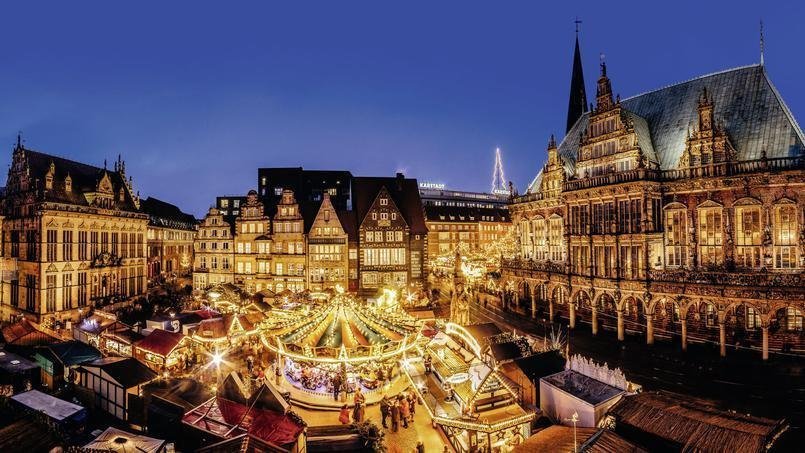
Between strudel and mulled wine, Germany is one of the countries with the strongest Christmas tradition. It is here that the famous Christmas markets were born, where a large number of visitors come every year to discover this ancestral tradition. Every city has one, from Berlin the sprawling to the small Bad Wimpfen. Their atmospheres are all different but their objective is the same: to cultivate the magic of Christmas. On December 6, children can also meet Saint Nicholas, the patron saint of schoolchildren, if they have been good. Otherwise, it will be Father Coward, dressed in black, who will take care of them! Here are the essential steps for a magical Christmas in Germany.
Bremen, the maritime sector
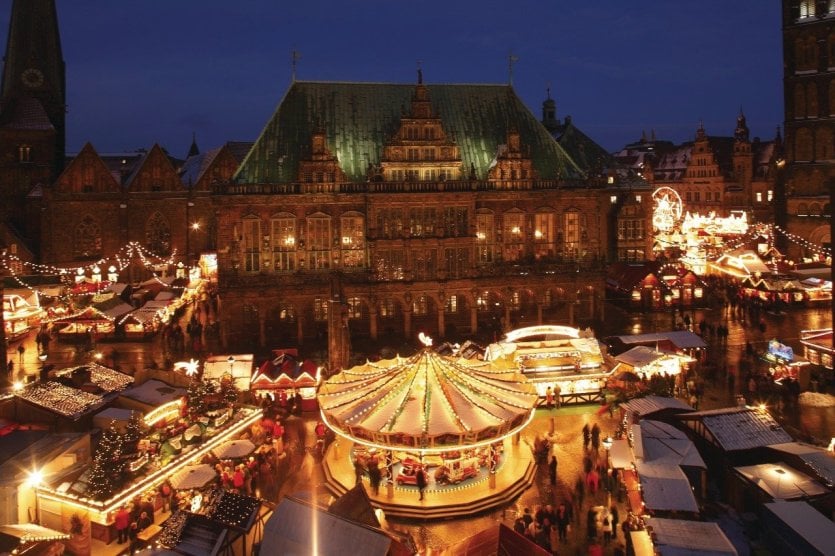
Bordered by the North Sea, Bremen is home to Germany's second largest port. Its soothing atmosphere is characteristic of the Christmas and New Year celebrations. The city hall in purely Gothic style as well as the statue of Roland and his mythical sword of Durandal are to be admired during your stroll in the old town. From 24 November to 23 December, no less than 170 beautifully decorated stalls occupy this square. Don't miss the second Christmas market on the Weser either. Maritime city, you will find all kinds of smoked fish for your New Year's Eve meal! The boats illuminated on the quays give a very special charm to this small port town.
Lübeck, the medieval one

Founded in 1143, the city of Lübeck still bears the traces of its glorious past as an imperial city. Listed as a UNESCO World Heritage Site for its typically German architecture: the "Backsteingotik", or Gothic brick; Lübeck is home to fascinating places such as the castle monastery or the Koberg, a fully preserved 13th century district. The atmosphere at Christmas is special, almost mysterious, worthy of a medieval city. The historic Christmas market dates back to the 17th century and is located in the main square of the city: the Town Hall Square. Don't miss the "Wood of Tales", next to St. Mary's Church. From 21 November to 30 December, young and old alike will be able to relive Grimm's stories.
Heidelberg, the majestic
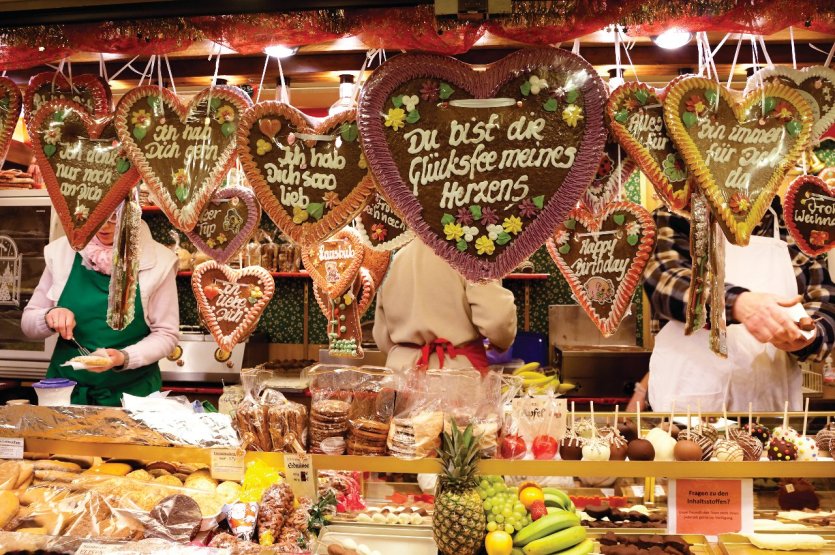
Heidelberg and his old town are unfailable during a visit to Germany. Overlooking the impressive ruins of its castle, it impresses with its historic center and its view over the river Neckar. The «path of philosophers» that skirts the sea offers a splendid panorama… He owes his name to the many students who, when the university was founded in 1385, had to study philosophy. In November, Heidelberg has his festive coat. Its Christmas market and the sanons that occupy its gigantic Weihnachtspyramide recall the city's capital in recent centuries. Concerts are organized everywhere and the Karlsplatz rink gives the city center a festive look.
Munich, a must
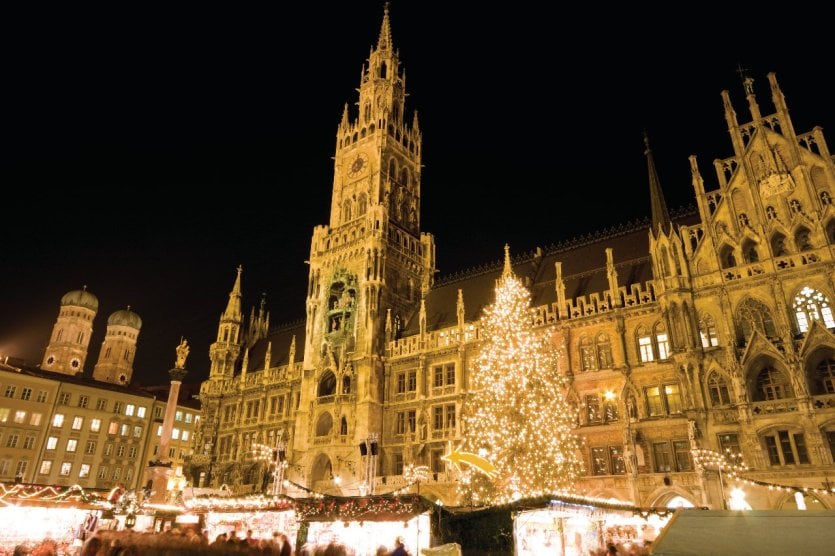
With more than 20 Christmas markets, Munich is a must! Bavaria's main city, it remains quite quiet and it is nice to walk there on winter evenings. Marienplatz is the nerve centre. Every day, between 11am and 12pm, you can come and listen to the Glockenspiel, a fascinating carillon show. This is also where the main Christmas market is located, very useful for a glass of mulled wine! But don't miss the market for the Neuhauser Straße crèche, the largest in Germany. You will find everything you need to rebuild the Nativity episode. This market has existed since the 18th century.
Stuttgart, the metropolis
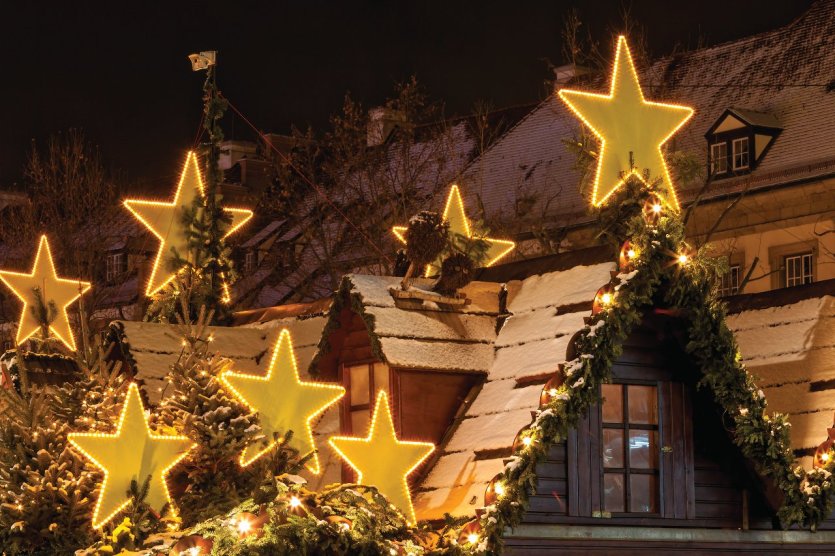
While the bombardments of the Second World War destroyed many of Stuttgart's historic monuments, there are significant landmarks in the city centre that were spared or rebuilt after the war. Neues Schloss is the small castle of Versailles in Stuttgart. Built in the 18th century and freely inspired by the French residence, it now houses the regional ministries. The Schillerplatz is a real jewel, day and night. Its magical atmosphere gives a special colour to Christmas celebrations. The market which is organized there is composed of more than 250 chalets of all kinds. Attend the concerts organized in the courtyard of the Old Castle (Altes Schloss), they are magical!
Dresden, the history
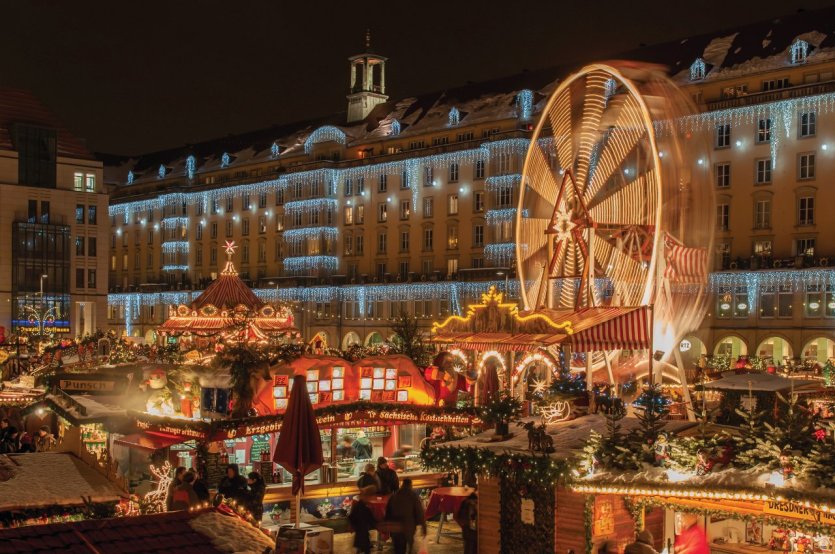
Dresden is the second largest city in Saxony after Leipzig and is home to the world's first Christmas market: the Striezelmarkt. Its origin dates back to 1434. A document from Prince-Elect Frederick II authorizes the presence of a fair in the city on December 24. The market takes its name from the Strietzel, a Christmas brioche typical of the region. During Advent, the city lights up with a thousand lights and the Weihnachtspyramid, the German Christmas crib in the form of a pyramid, is set in motion. It is the highest in the world: it culminates at 14 m! Don't miss the many events that are organised during this period: the gingerbread festival, the cutting of a gigantic Christmas cake (the Christstollen) or the famous theatre of Guignol.
Berlin, the sprawling sprawl
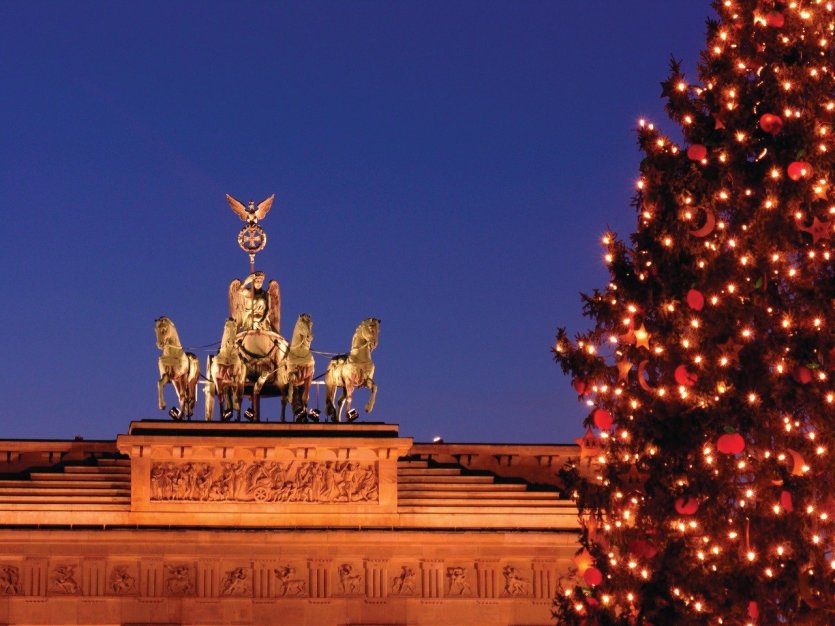
Berlin has been one of the most popular European capitals in recent years. Under its appearance as a new city, it managed to rise from the ashes after the Second World War to become a metropolis that is now open to the world. But at Christmas, traditions are still there! There are many markets in the capital, the Pottsdamer Platz market is a must. The square looks like a winter paradise with, from the beginning of November, the installation of an ice rink and a giant slide! To discover a real German Christmas pyramid illuminated from all sides, visit the Alexanderplatz market. The little ones will be amazed while the grown-ups will enjoy a glass of traditional Glühwein!
Cologne, the traditional
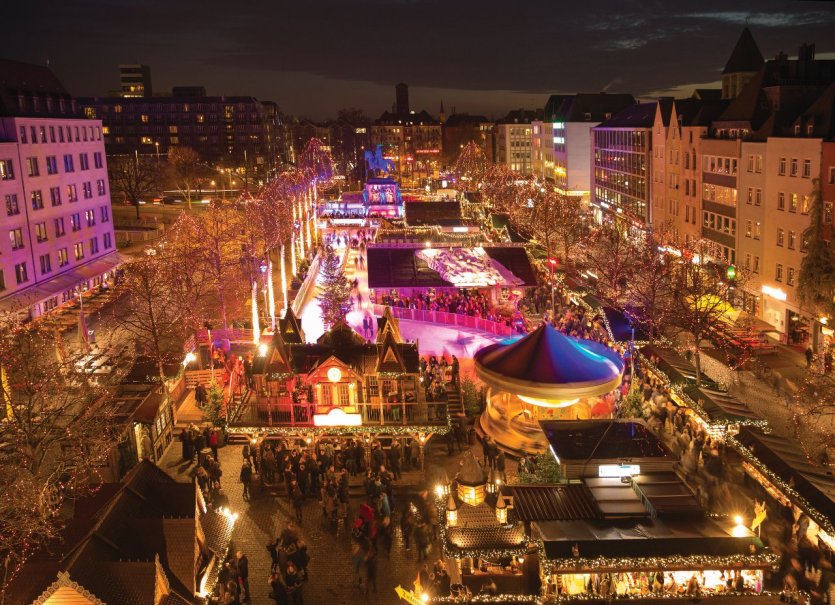
Looking to the future with its many museums of modern art but anchored in the past, particularly through its architecture, Cologne seduces all its visitors. Its cathedral, listed as a UNESCO World Heritage Site, is a jewel of Gothic architecture. Built in the 13th century, it is one of the highest churches in the world at 157 metres. Climbing up its 533 steps will give you a magnificent view of the whole city. In its surroundings is organized every year the Christmas market: Weihnachtsmarkt am Dom. It's the biggest in the city. The Christmas tree that sits on it shines with a thousand lights. For a more traditional market, think of the Heinzelmännchenmarkt. This world full of gnomes even has an ice rink!
Bad Wimpfen and its bins
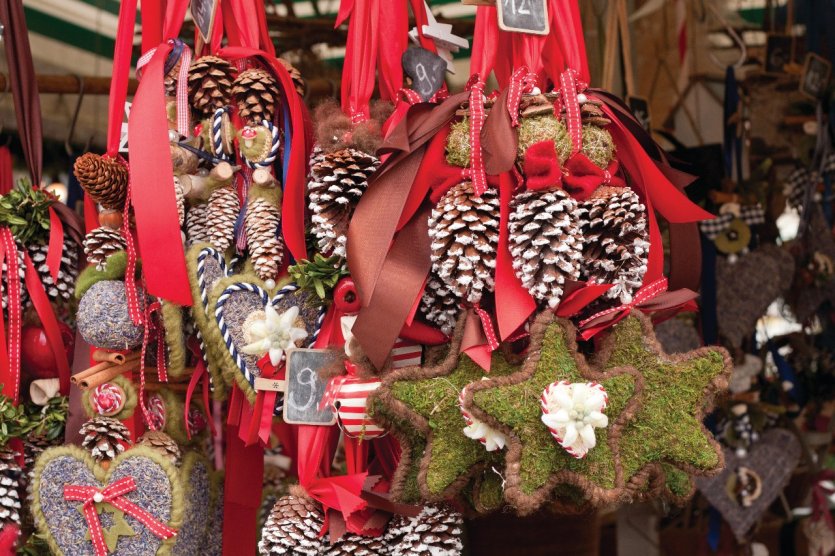
On the heights of the Neckar is a charming small town: Bad Wimpfen. Its Christmas market, set in an exceptional historical setting, is very beautiful. In addition to the 120 stands, you will find many small shops nestled in the typical houses of the Neckar valley. Follow the night guards in historical attire, they will let you discover the small narrow streets of the city where live concerts and live shows take place. The Altes spiral gallery also displays a selection of fantastic Christmas crèches… not to miss!
Hamburg, the surprising
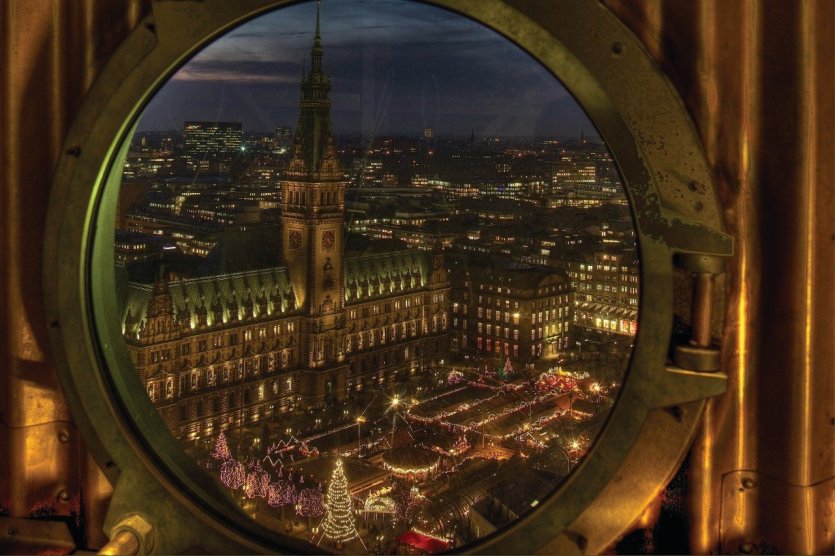
Hamburg, the capital of northern Germany, is the country's second largest city. Its metropolitan size and its rather provincial lifestyle make it very appealing. A river city, it is located on the Elbe River, just before the North Sea. In winter, the city centre is invaded by the magic of Christmas. In front of the town hall you will find many stands of confectioners, toy makers and other craftsmen who came to make visitors salivate. But it is the imposing market of Mönckebergstraße that holds all the attention with its 150 stands. For a more frivolous and offbeat Christmas, visit the underground district of St Pauli. Here we celebrate Christmas under the banner of eroticism, strictly reserved for adults. You've been warned!


